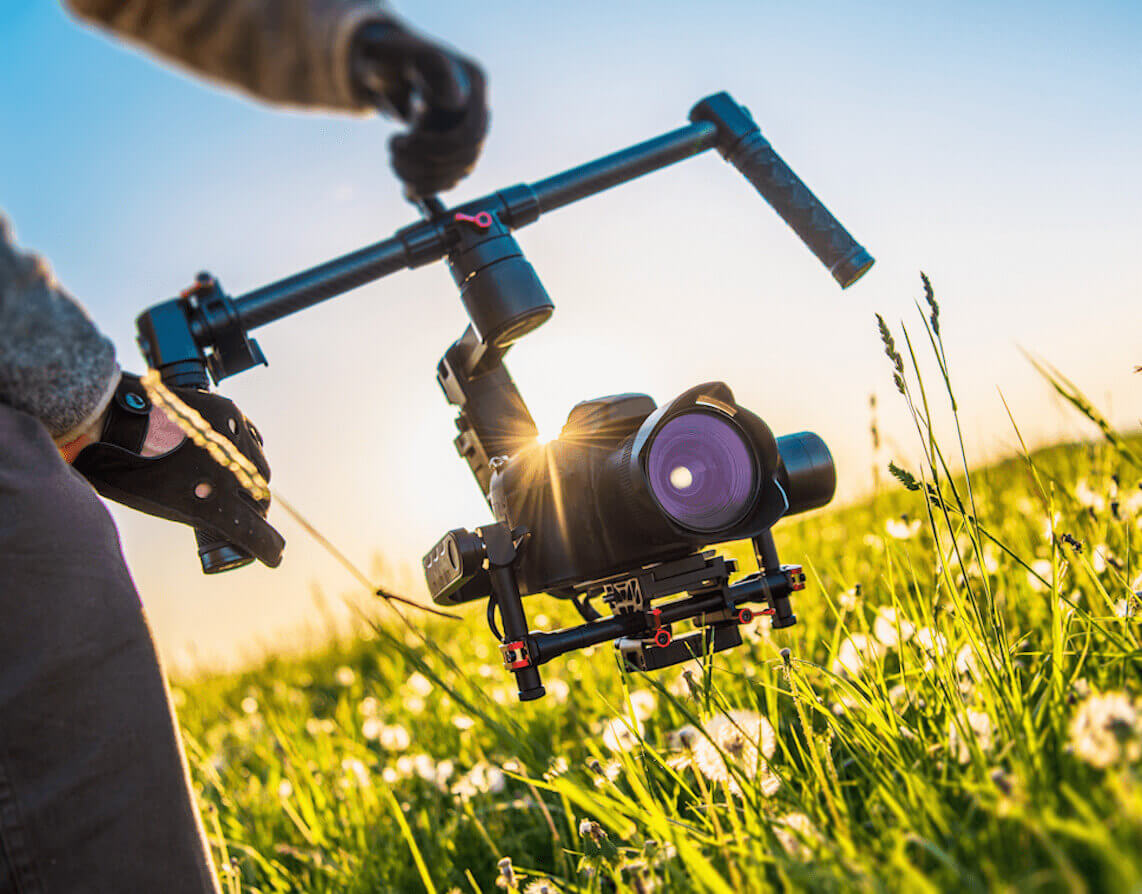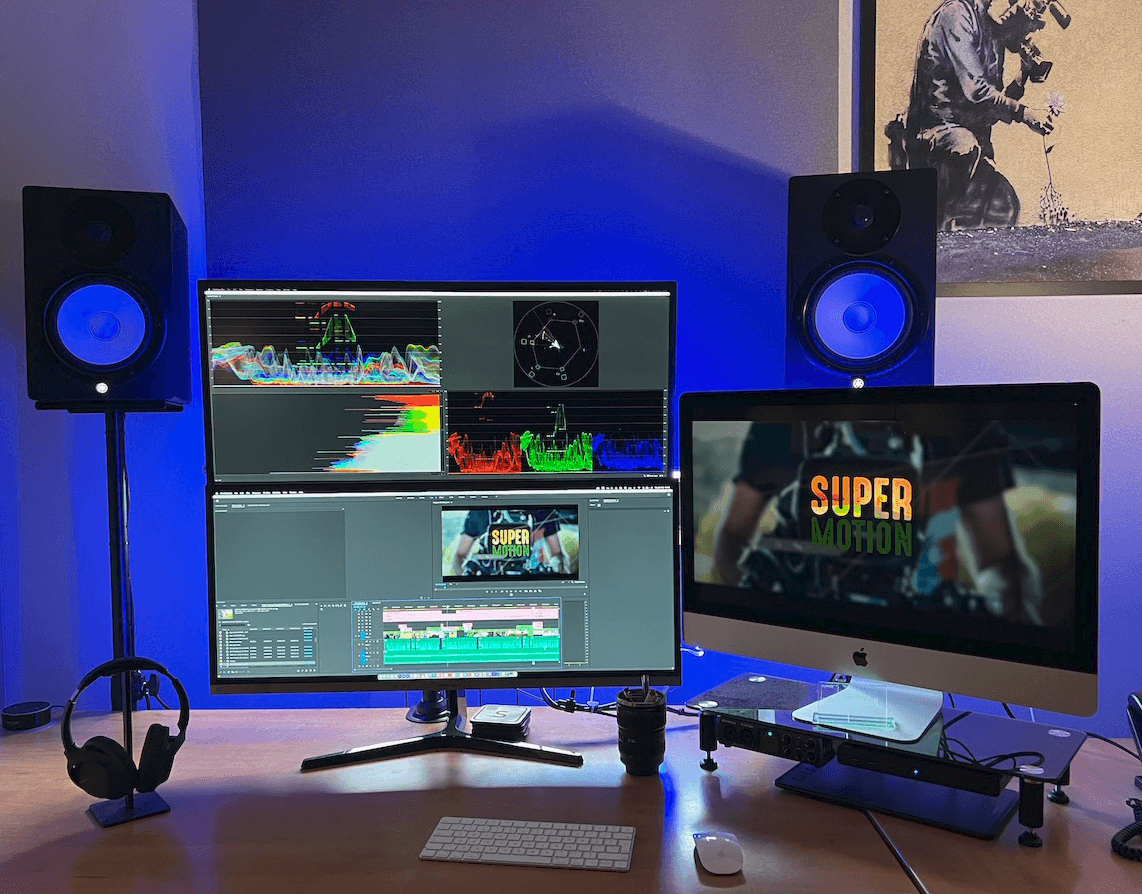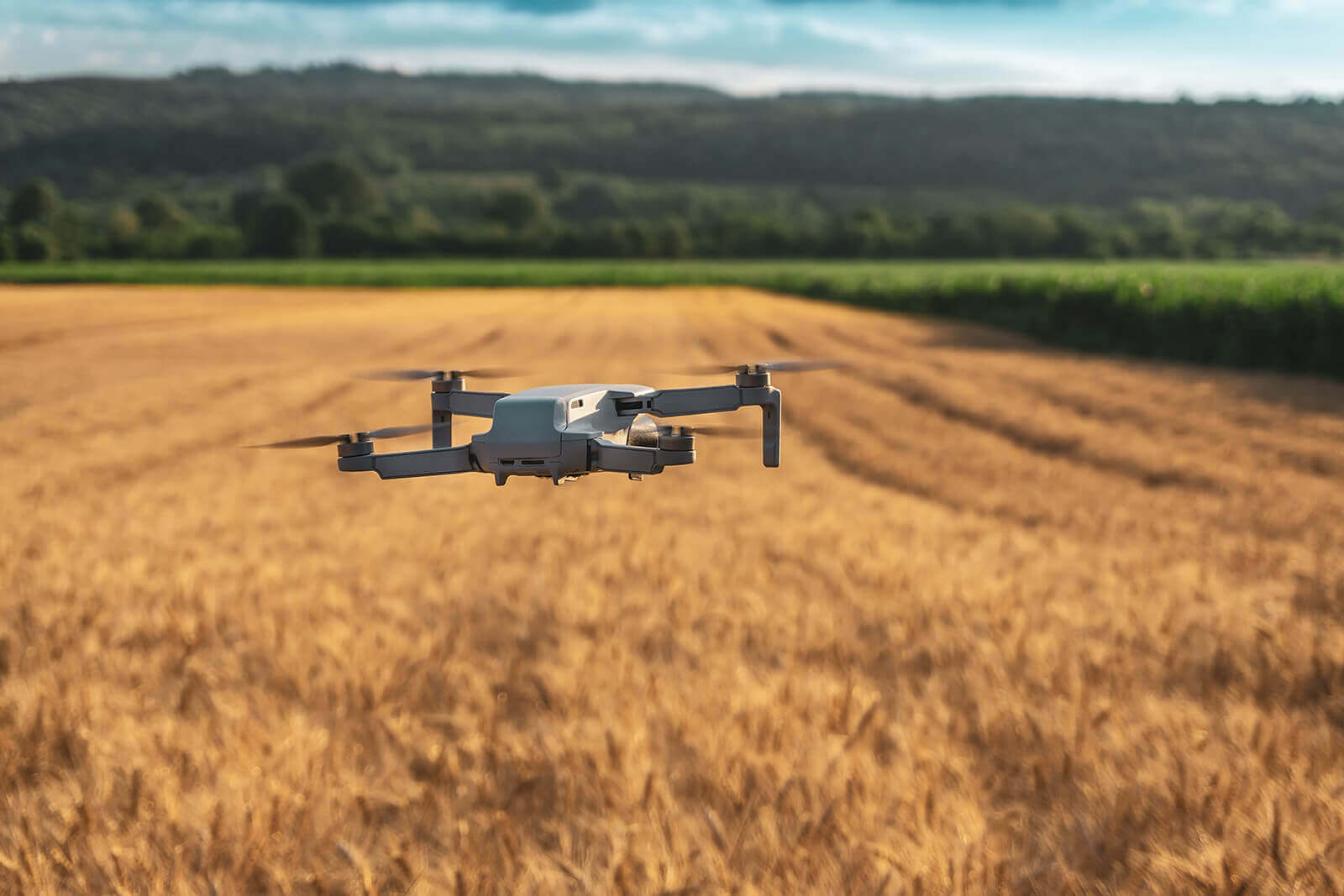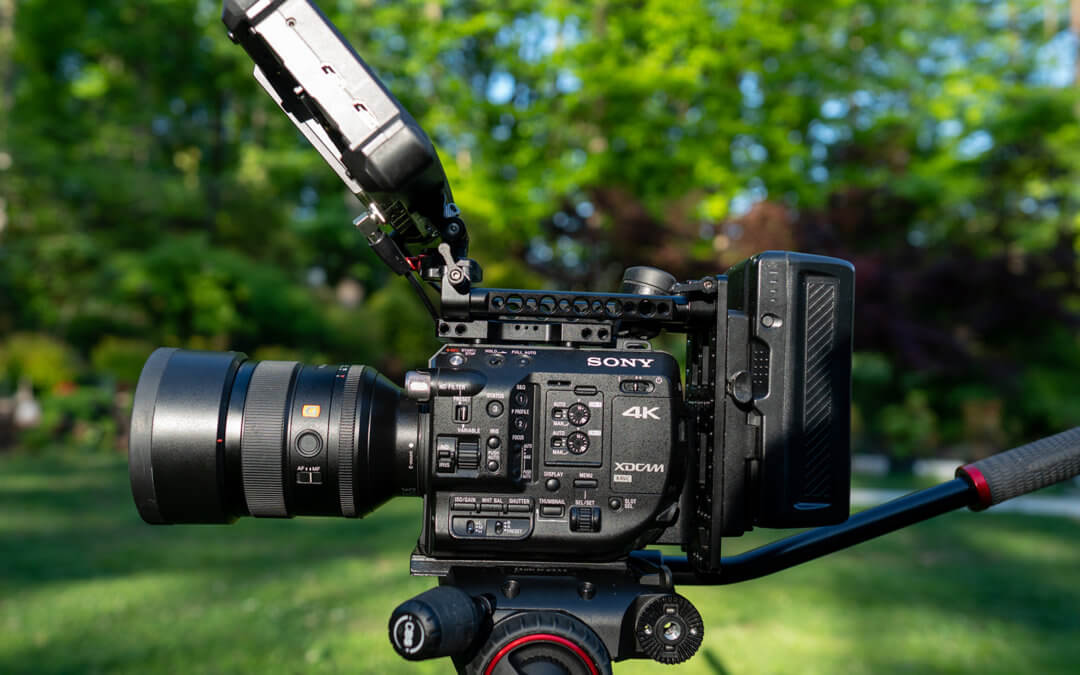What does it all mean? – Understanding the stages of video production
Watching the credits of a TV programme or film, the number of different roles involved in the production can seem baffling. Working on a video for a business or other organisation means far fewer people are involved, but to successfully capture your subject you need to cover the same four basic stages of production as a big budget movie. These will make sure that nothing is left to chance and that we produce something that you can be proud to show to potential customers.
Pre-Production
This is the planning phase, where the concept for the video is developed. This involves determining the goals of the video and the message it needs to convey. It includes brainstorming ideas, developing a storyline or script, and defining the tone and style of the video. This is also when a budget for the video production is agreed, including costs for equipment, personnel, and other expenses. Creating a timeline or schedule for the shoot needs to be decided now. This should consider the availability of personnel and resources, and the weather. By investing time and effort into pre-production planning, we can create a video that effectively communicates your message and achieves the goals you have for it.
.


Production
The production stage of a video shoot is when the actual filming takes place. Setting up the lights, camera, and audio equipment, as well as rehearsing and executing the shots with the
people (or animals) appearing in the video. During this stage, we will work together to create
the final shots and sequences that will be edited together to form the finished product.
Post-Production:
This is the editing phase, where the footage is organised. Editing, selecting the best takes, cutting out any mistakes or irrelevant material will create a cohesive, video. Animations, music, and sound design are also added during this stage. Transitions and effects can also be added between shots to create a seamless and engaging viewing experience. Post- production is a crucial step in creating a video that will connect with its target audience.


Distribution
Once your video is complete, it can be exported in the desired format and resolution for distribution or broadcast. This can include uploading the video to a website, sharing it on social media, or broadcasting it on a podcast, or YouTube channel.
Why so much planning?
You will notice that the pre-production stage has the most items to consider in it. It’s important because this is where you can manage the timeline for each of the following stages the allow for the
the complexity of the project and the resources available. It’s also where you can plan for the unforeseen.

Conclusion
The Super Motion process covers these stages in detail, so that you are clear about how your video will be delivered. From the deep dive of our discovery call to understand what you want from your video, through to providing you with tailored recommendations on how best to roll out your video, in order to achieve the greatest return on investment. It all starts with a 30-minute strategy call, which you can book here or by calling 01225 970242.

Recent Comments